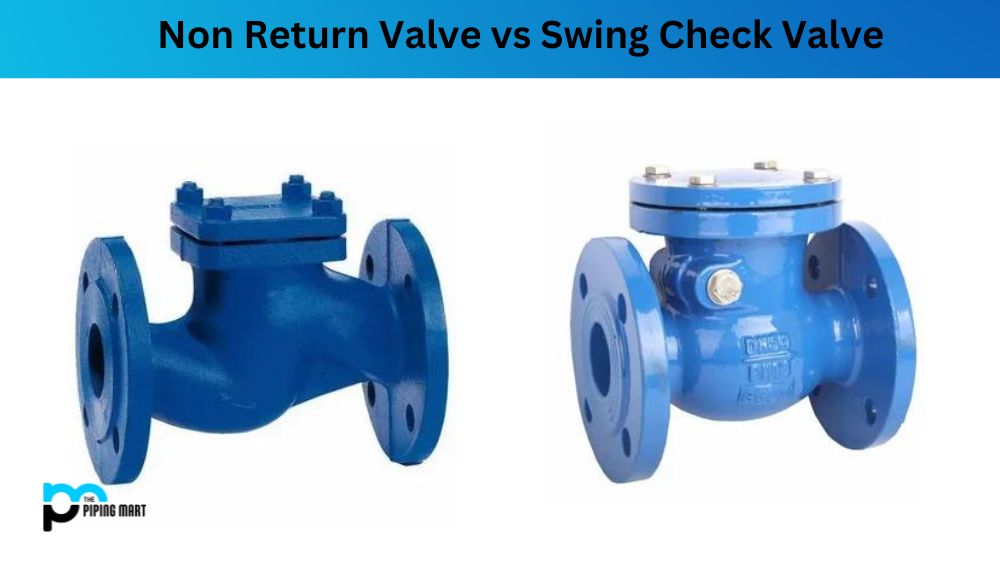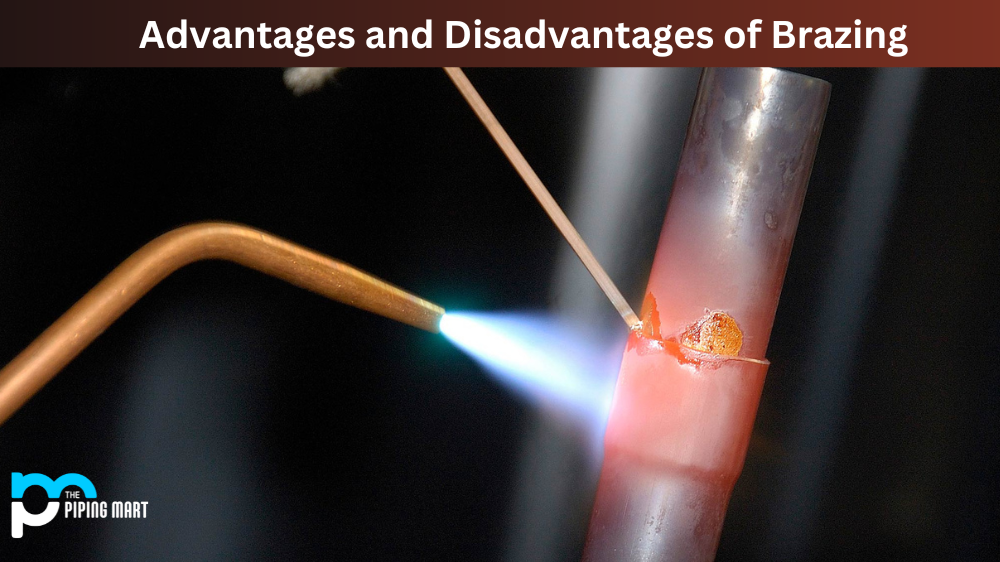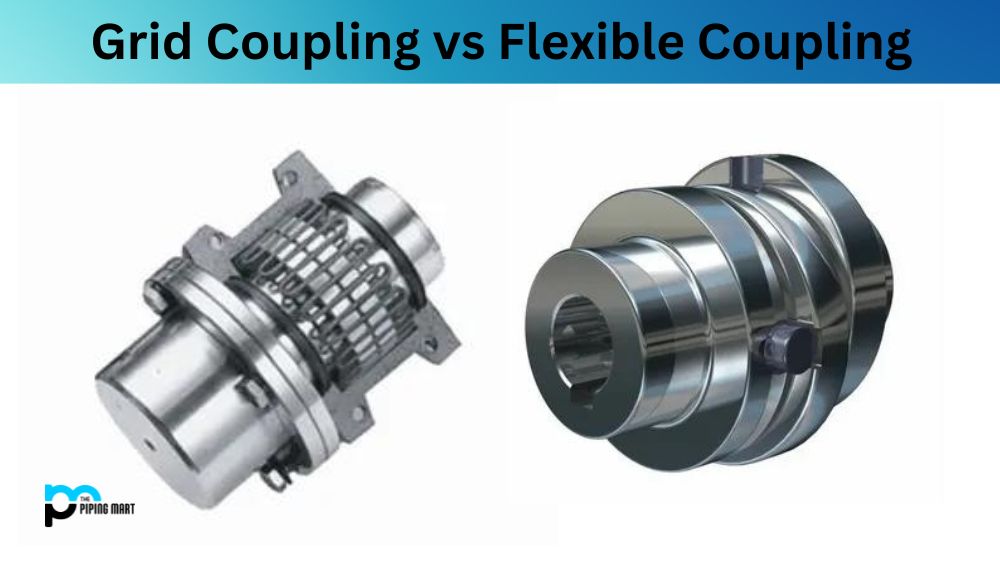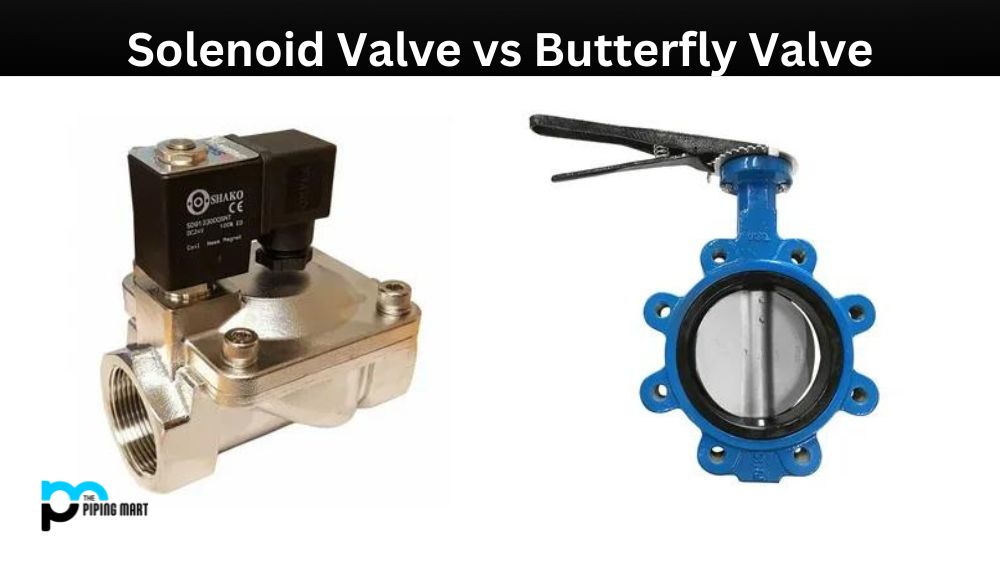Valves are essential system components that regulate or direct the flow of fluids, gases, or slurries. They are designed to control the fluid flow to improve efficiency and prevent damage. However, with so many different types of valves available, it can take time to select the right one for your application. In this blog post, we will explore the difference between non-return and swing check valves and help you select the right one based on your requirements.
What is Non return valve?
A non-return or non-return check valve is a mechanical device that allows fluid flow in only one direction. It automatically closes when fluid flows through it in the opposite direction of its intended purpose. It can prevent backflow and maintain pressure in systems such as pumps, filters, and coolant lines. Non-return valves protect water supplies, air conditioning systems, and other types of equipment from damage due to reverse flow.
What is Swing check valve?
A swing check valve is a type of check valve with a hinged disc or flap connected to an axle, which swings open when sufficient flow from the inlet allows fluid to pass through. When the flow rate decreases or reverses direction, the flap closes due to gravity or reverse pressure and fluid flow stops. This helps prevent reversed fluid flow and protects systems from backflow damage.
Difference Between Non Return Valve and Swing Check Valve
Function:
A non-return valve allows fluid flow in a single direction and stops it from returning. Non-return valves have a flap or flapper that opens in one direction and closes in the opposite direction. These types of valves are also referred to as check valves or one-way valves.
A swing check valve is similar to a non-return valve in that it only permits flow in one direction. It operates with a hinged gate that moves back and forth. The flow of the fluid pushes the gate open, and as soon as the fluid stops flowing, the gate swings back in position and shuts off the valve.
Design:
The flap or flapper in a non-return valve is a disc or ball that resides in the path of the fluid. When the pressure of the liquid flowing upstream is higher than downstream, the disc or ball lifts, allowing the liquid to flow forward. When the flow stops, or the pressure drops, the flap or flapper falls back into place and prevents backflow.
A swing check valve has a disc or gate that rotates on a hinge and opens to allow forward flow of the fluid. When the flow stops, or the pressure on the opposite side of the flap is greater, the gate rotates until the valve seals shut. The flap in a swing check valve is attached to a hinged pin, and the valve’s closure is managed entirely by gravity.
Applications:
Non-return valves are ideal for applications where backflow can cause damage to the system or affect performance. Non-return valve applications include water treatment, irrigation, oil gas, petroleum, and mining. Non-return valves can also be used in piping systems to prevent the reverse movement of liquids.
Swing check valves are typically manufactured for applications requiring frequent cycles, like pump discharge lines and compressors. The swing check valve operates smoothly and is low-pressure drop-resistant, making it ideal for pipeline applications where high efficiency and quick closing are required. They are commonly found in municipal water, heating, cooling, and air conditioning systems.
Maintenance:
Non-return valves are typically low maintenance and don’t require any lubrication. The rubber or elastomer valve flap can wear out with time but can be easily replaced. Depending on the application, non-return valves can last 10-20 years.
Swing check valves require regular maintenance since they are susceptible to debris buildup on the rotating disc or hinge. The buildup can cause the valve to stick or move slowly. Proper lubrication of the gate and its hinge is essential to prevent this. A well-maintained swing check valve can last between 5-10 years.
Cost:
Non-return valves are inexpensive and range between $50-$500 depending on size and material. They are also straightforward to install and operate.
Swing check valves are more expensive than non-return valves and can range between $200-$1,000 depending on size and material. They are also more complicated to install and operate, require maintenance, and might need skilled technicians.
Conclusion:
In conclusion, non-return and swing check valves have unique features and applications. Considering several factors, including application, cost, maintenance, and performance, is essential before selecting the appropriate valve for your system. Non-return valves are ideal when backflow prevention is critical, while swing check valves are suitable for applications requiring frequent cycles and quick closing. Ultimately, the system designer must consider all factors when making their selection.

A passionate metal industry expert and blogger. With over 5 years of experience in the field, Palak brings a wealth of knowledge and insight to her writing. Whether discussing the latest trends in the metal industry or sharing tips, she is dedicated to helping others succeed in the metal industry.




